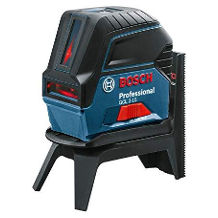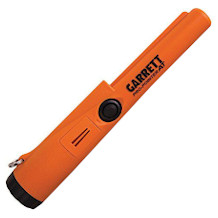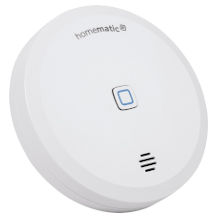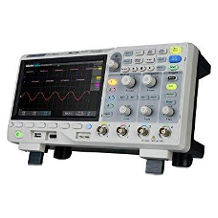Hygrometer purchasing advice: how to choose the right product
- What You Need to Know
- A hygrometer measures the air humidity outdoors or indoors and displays it.
- Based on the value of the relative humidity, you can see whether you should take measures against mould growth.
- The measurement is carried out using different methods. The most common is the so-called absorption method.
- In addition to mechanical hygrometers, there are electronic versions that have a display and do not need to be calibrated, but do require an energy source.
Measuring humidity
Humidity is the amount of water vapour in the air, which depends on the air temperature, among other things. The measure of relative humidity is the ratio of the maximum possible amount of water to the actual water vapour contained in the air, expressed as a percentage. At a value of 100 percent relative humidity, the ambient air has thus absorbed the maximum amount of moisture. Relative humidity is therefore also referred to as a saturation value. The ambient air can absorb different amounts of moisture at different temperatures: Warm air binds more moisture than cold air. However, the relationship is not linear, but the maximum air humidity increases rapidly as the temperature rises. At 0 degrees Celsius it is just under five grams per cubic metre (5 g/m³), at 30 degrees Celsius it is already 30 grams per cubic metre (30 g/m³).
Humidity influences well-being
In rooms, relative humidity has an influence on well-being and health. It should be between 40 and 60 percent. Air that is too dry makes it difficult to breathe, and air that is too humid can lead to mould.
We ourselves are largely responsible for the development of humidity in living spaces: according to the Austrian Institute for Building and Ecology (IBO), a four-person household produces five to ten litres of water vapour daily. Regular ventilation is therefore indispensable in order to remove excess moisture to the outside and prevent mould growth. This is especially true for kitchens and bathrooms. If humidity levels of around 80 percent regularly prevail in rooms, mould will appear sooner or later. Some types of mould even start to grow at a relative humidity of 70 percent.
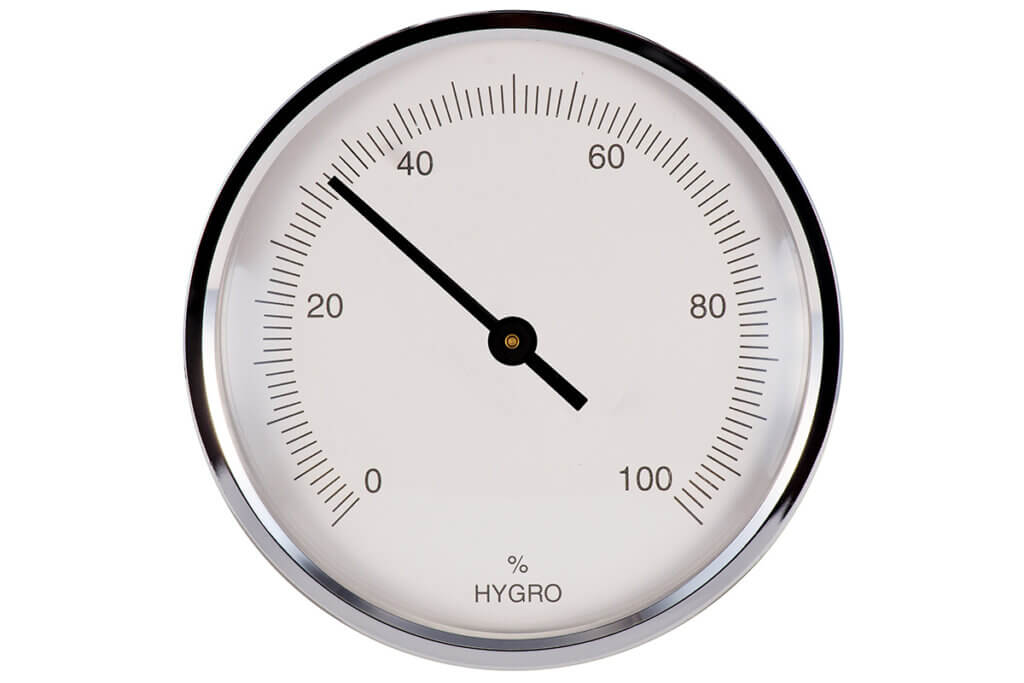
A hygrometer, also called a moisture meter or humidity meter, shows the relative humidity in percent. The value is shown either by a pointer or a digital display. Read more about the different types of hygrometers in the next chapter.
Danger of confusion: hygrometers and hydrometers
Hygrometers and hydrometers are often confused because of the similarity of their names. However, they are fundamentally different devices. Hygrometers measure the relative humidity in living spaces. Hydrometers, on the other hand, often more commonly referred to as hydrometers, analyse the properties of liquids, more precisely the density or specific gravity. They can be used, for example, to measure the alcohol content or to detect whether milk has been adulterated with water. The name comes from the Greek word “hygrós”, which roughly translated means “wet” or “moist”.
Effects of very dry or humid air
If the humidity in living spaces is too high, there is a risk of mould appearing in places where the moisture collects. Especially at high temperatures, you will also start to sweat more quickly within your own four walls. Room air that is too dry, on the other hand, leads to dry skin, chapped lips, scratchy throat or even an irritating cough.
Humidity also plays a role in food storage: potatoes, for example, not only like it cool and dark, a relative humidity of 90 percent is also ideal. Storage that is too dry causes the vitamin C content to decrease quickly. Even complete drying out is possible. If, on the other hand, the humidity rises too much, the tubers are in danger of rotting. In general, not all houses have cellars suitable for storage. However, with the help of a hygrometer you can determine whether a potential storage location is suitable.
Cigar smokers should also think about the humidity. Temperatures of 20 to 21 degrees Celsius and a humidity of 69 to 72 percent are ideal for storing the noble tobacco products. Dry cigars become unstable, break easily and burn quickly. A bitter aftertaste also develops. Cigars that have been stored too moist, on the other hand, burn unevenly and develop tart and heavy flavours. If you want to store high-quality cigars for several years, it is advisable to purchase a humidor that provides the tobacco products with the ideal humidity level over the long term.
The right humidity is also important for storing works of art or musical instruments. Both museum operators and private collectors pay meticulous attention to the room climate for valuable exhibits and instruments in order to protect the objects as best as possible from ageing and damage.
Analogue versus digital hygrometers
The first hygrometers were developed as early as the 18th century. Since then, the technology has become more and more sophisticated. Today, there are various types of hygrometers, which differ in terms of their range of functions, user-friendliness and maintenance requirements.
Analogue hygrometers with absorption method
Analogue hygrometers are the classics for determining relative humidity. As a rule, they are round models that display the value of relative humidity in percent with the help of a pointer. The scale covers the range between 0 and 100.
Thermo-hygrometers are also widespread, displaying not only the relative humidity in percent but also the temperature in degrees Celsius. They are often found in sauna cabins so that visitors can read fluctuations in relative humidity and temperature after an infusion. Within a device there are two scales, each with a pointer showing the corresponding information.
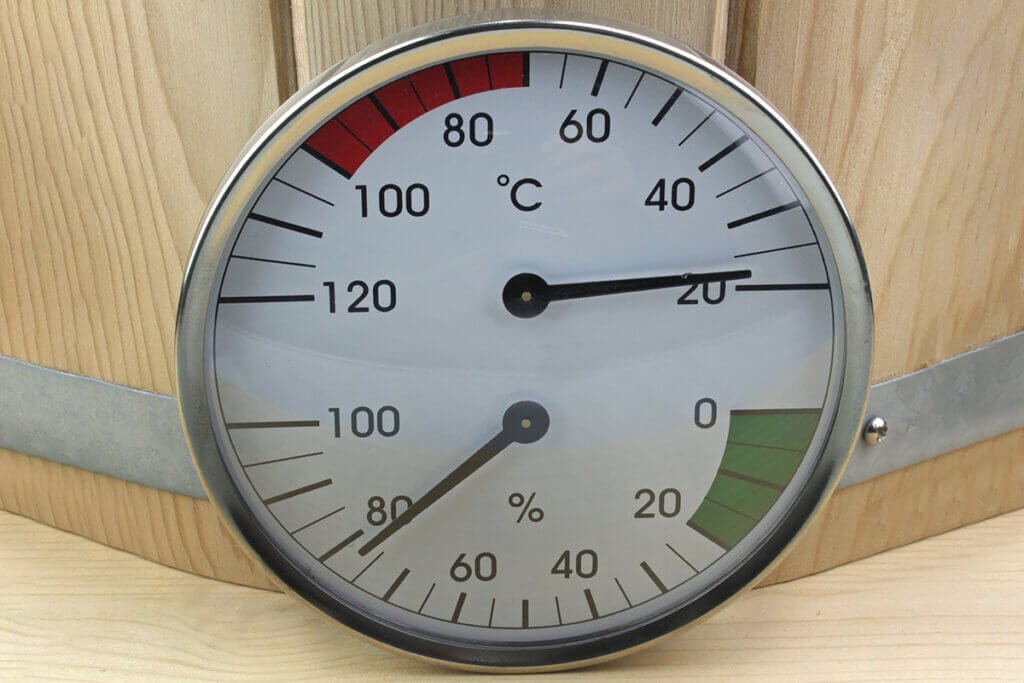
Functional principle: material expansion with increasing humidity
Hair hygrometers do not have their name by chance. Inside the measuring instruments there is actually a human hair that expands when the humidity increases and contracts again when it decreases. The difference in length between completely dry air (0 percent relative humidity) and saturated air (100 percent relative humidity) is only about 2.5 percent. This difference can be measured and is represented accordingly by the pointer. In the past, sheep’s or horse’s hair was also used for measurement, but today only human hair or synthetic fibres are used.
Pro points
- Low purchase price
- Requires no energy
- Long life span
- Environmentally friendly, as no electronics are used
Drawbacks
- Regular calibration necessary
“Maintenance” for hair hygrometers: essential regeneration
Hair hygrometers are made of natural fibres. These can dry out after a while and lose their functionality. Therefore, the so-called regeneration is a common maintenance or adjustment work for reactivating the instruments. To do this, wrap the measuring instrument in a damp cloth for one hour. If you have direct access to the measuring element, you can also moisten it directly with distilled water.
The hygrometer should then indicate a value between 94 and 98 percent relative humidity. Otherwise, you should readjust the device using the adjustment screw on the back or side of the housing. Adjustment can also be useful if you are relocating or have moved house. The exact percentage to which you should readjust your unit during calibration can be found either on the back of the housing or in the operating instructions.
Spiral hygrometers measure with metal strips
In inexpensive hygrometers, the human hair is partly replaced by rolled-up metal strips coated with plastics, which also react to moisture in the form of a change in length. However, these spiral hygrometers do not quite match the hair hygrometers in terms of accuracy.
Electronic hygrometers with absorption method
Modern electronic hygrometers also work on the principle of absorption, i.e. the absorption of water. Unlike the analogue versions, however, the relative humidity is not measured by a difference in length after water absorption. Instead, the data is based on the change in electrical resistance or electrical capacity as a function of humidity. Impedance sensors or capacitive sensors are used for this purpose.
A digital display that is usually easy to read is advantageous. The sensors work reliably and – unlike analogue models – do not need to be recalibrated. However, they require either batteries or a power connection. Wireless hygrometers transmit data wirelessly from the outdoor sensors to the base station. With amplifiers, the devices achieve transmission ranges of up to 100 metres.
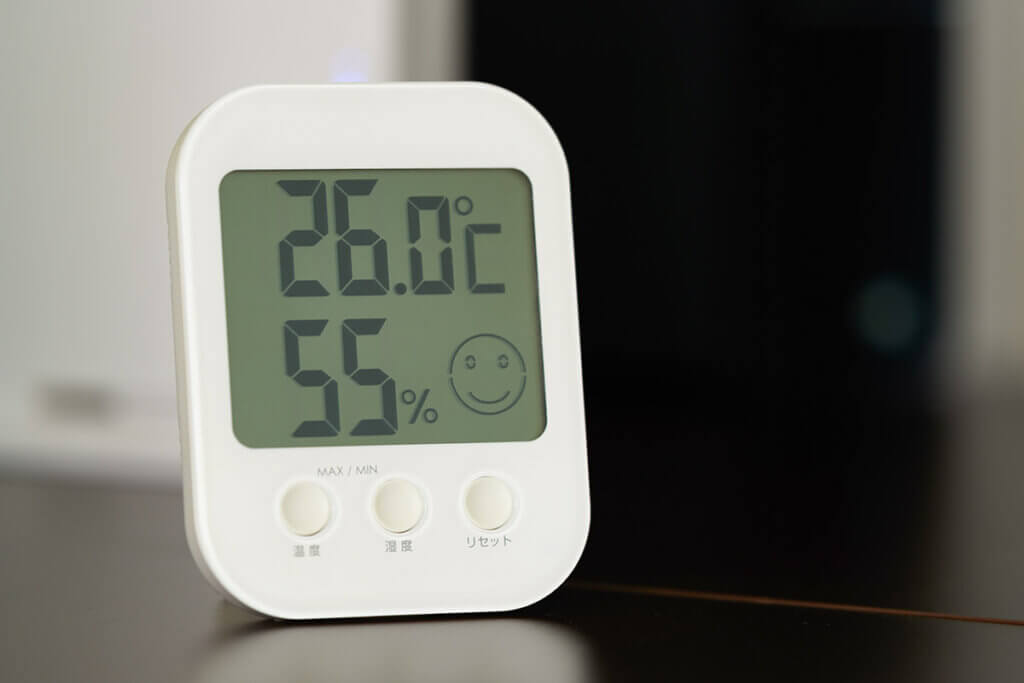
Often the devices have additional functions such as displaying the indoor and outdoor temperature or are part of a digital weather station that, for example, displays a meteorological forecast for the next few days.
Pro points
- No calibration necessary
- Good readability thanks to digital display
- Often includes additional functions
Drawbacks
- Somewhat more expensive than analogue models
- Connection to mains or battery required
Psychrometer
Another type of device for determining relative humidity is the so-called psychrometer. The name is also derived from the Greek: “Psychrós” means frosty or cold. The device works with two thermometers. One is covered with a fleece, a kind of fabric sock. Ambient air cools down on the fabric. The temperature therefore drops due to the evaporative cooling.
The second thermometer measures the ambient temperature. These devices calculate the relative humidity from the difference between the two values. If both thermometers show exactly the same temperature, the relative humidity is 100 percent. This is a very reliable method, but it is very complex and expensive. For this reason, these devices are rarely found in private households, but rather among professionals.
Pro points
- Very reliable method
Drawbacks
- Complex handling
- High purchase price
Dew point method
Dew point hygrometers that work according to the dew point method have an outdoor sensor that has a mirrored surface. This is cooled by the ambient air until water is deposited on it. The relative humidity is determined from the difference between the mirror temperature and the ambient air temperature. These variants are equally unsuitable for private use. They are very expensive and are mostly used in laboratories for calibration purposes.
Pro points
- High measuring accuracy
- Can be used for calibration
Drawbacks
- Too expensive for private use
- High purchase price
Humidity measurement via app?
Can moisture measurement via app work? First of all, it is important to distinguish between two different procedures:
- Measuring stations that send the results wirelessly to your smartphone and
- Apps that use sensors in the smartphone.
The former are external measuring stations that are set up like a conventional analogue or digital model and measure moisture saturation. However, they do not show the values on a display, but send them to your smartphone, where you can read them, provided you are within Bluetooth range. This variant is recommended if you are tech-savvy, want to get accurate readings and don’t mind finding them on your smartphone rather than on the device itself.
Apps that access the humidity sensors installed in your smartphone promise another, cheaper way. On the one hand, the values determined here can be rather inaccurate. On the other hand, many smartphone models do not support this function. While the Samsung Galaxy S4, for example, has such a sensor, it is not installed in the much newer Samsung Galaxy S8. iPhone models generally cannot perform such a measurement without additional hardware.
Also noticeable: Some apps display a value for air pressure, although the smartphones do not have an air pressure sensor. How can this be? Quite simply, the apps take values for temperature, air pressure and humidity from a weather provider. This means that you don’t get any information about the humidity in your rooms, but outdoor values that are probably not even particularly accurate. We therefore advise against using such apps.
Other purchase criteria
Besides the question of whether you choose a mechanical, i.e. analogue, or an electronic, i.e. digital, model, there are other factors that could influence your purchase decision.

Measuring accuracy
If you want to get reliable readings regarding humidity, you want your hygrometer to display values that are as accurate as possible. However, measurement inaccuracies of up to three percent are usually not a problem in the private sector. When buying a hygrometer, however, make sure that the manufacturer specifies an accuracy. A missing specification may indicate a low measurement accuracy. Analogue absorption models usually have a higher measuring accuracy than digital models – provided, however, that the user regenerates them regularly.

Measuring range
Both analogue and digital models have different measurement ranges within which they can display values. The indication of relative humidity ideally covers 0 to 100 percent. However, many devices only measure saturation in the range between 20 and 95 percent. For private users who only want to know whether the room air is too dry or too humid, the range is usually sufficient. The temperature measuring range indicates the temperatures up to which you can operate the unit or additional outdoor sensors.
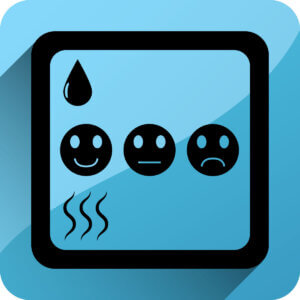
Comfort zone indicator
Many models indicate whether the humidity in the room air is within a normal range. It is conceivable to display this by means of a smiley or a green background. Room air that is too dry is often indicated by the word “dry”, too humid by “wet”. Some models change the schematic representation via the smiley, others change the background colour. Some units also signal with an optical or acoustic alarm that the values are leaving the comfort range.

Data memory function
Some digital models store the measured values for several days or weeks. This allows you to follow the course of a past period of time. Models that allow you to connect the hygrometer to the computer are particularly convenient. In this way, you can transfer the statistics to the PC and evaluate them conveniently.
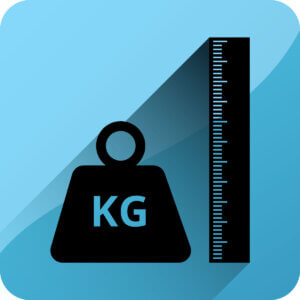
Height and weight
For most people, it is important that the hygrometer can be placed as inconspicuously as possible in rooms. The display differs greatly between analogue and digital models, but should be easy to read in any case. Depending on the model, they differ in their dimensions, but are generally rather light. For example, they have a stand or are suitable for wall mounting. If there is a risk of mould, some models emit both a visual and an acoustic warning.
Choose the right location
Place the unit in a central location in a living room or mount it on the wall. Avoid close proximity to windows, heaters and curtains as well as direct sunlight, as these influences can falsify the measurement result. Especially in rooms where mould infestation has already occurred, you should place such a measuring device. Rooms that are not well insulated, not ventilated regularly and not heated are particularly susceptible to mould.
Known manufacturers
TFA Dostmann | Bresser | Technoline | Hama

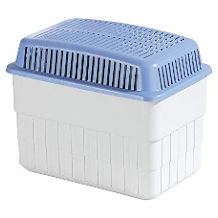
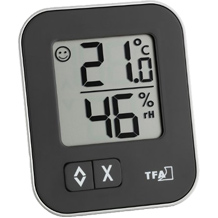
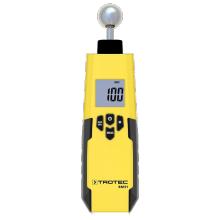
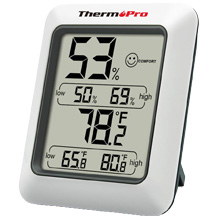
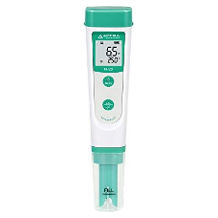
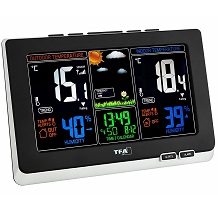

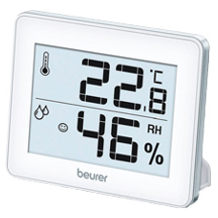

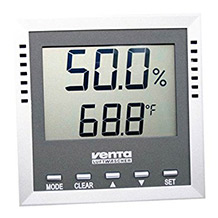
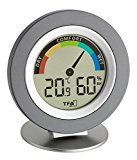
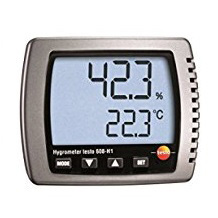
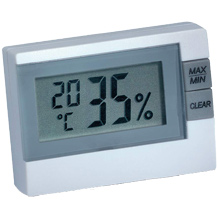
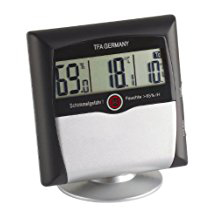
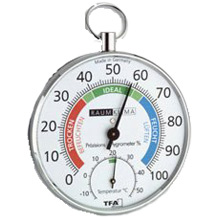
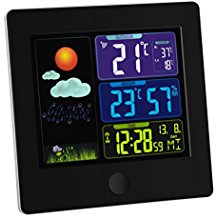
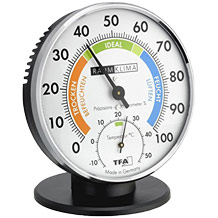
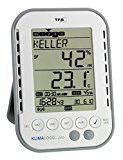
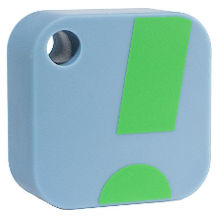

 113,405 reviews
113,405 reviews
